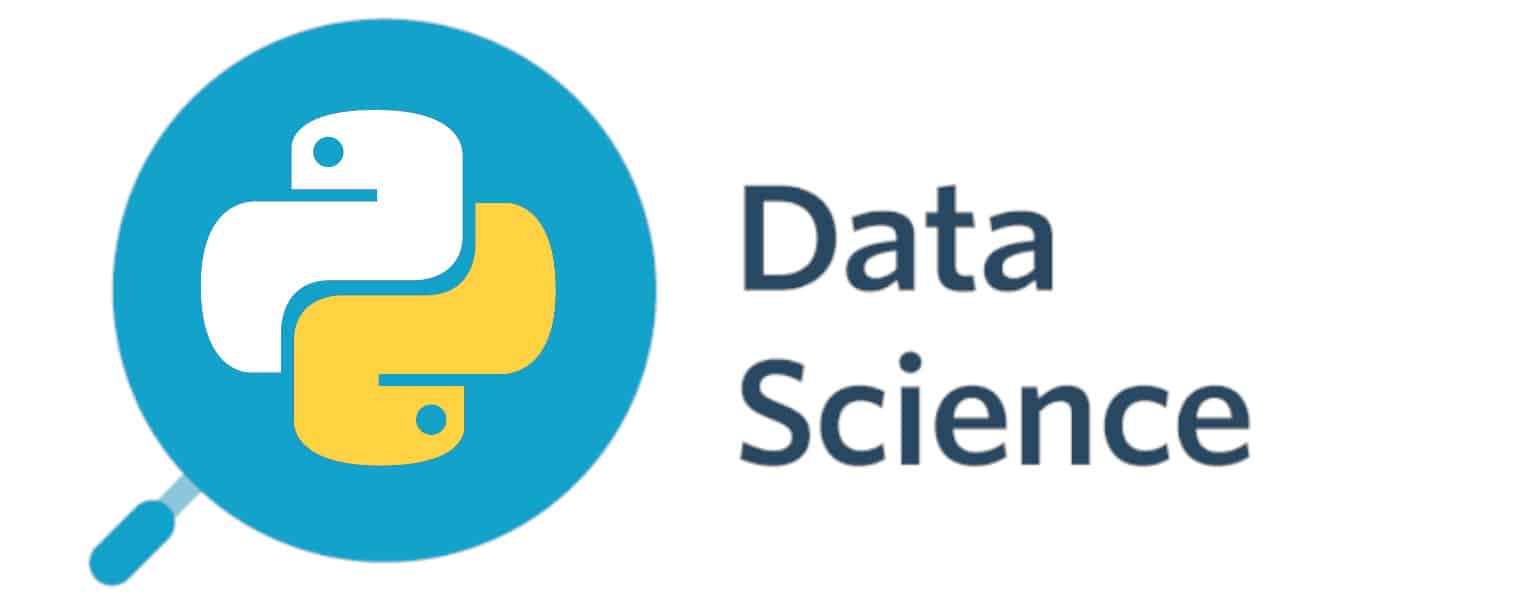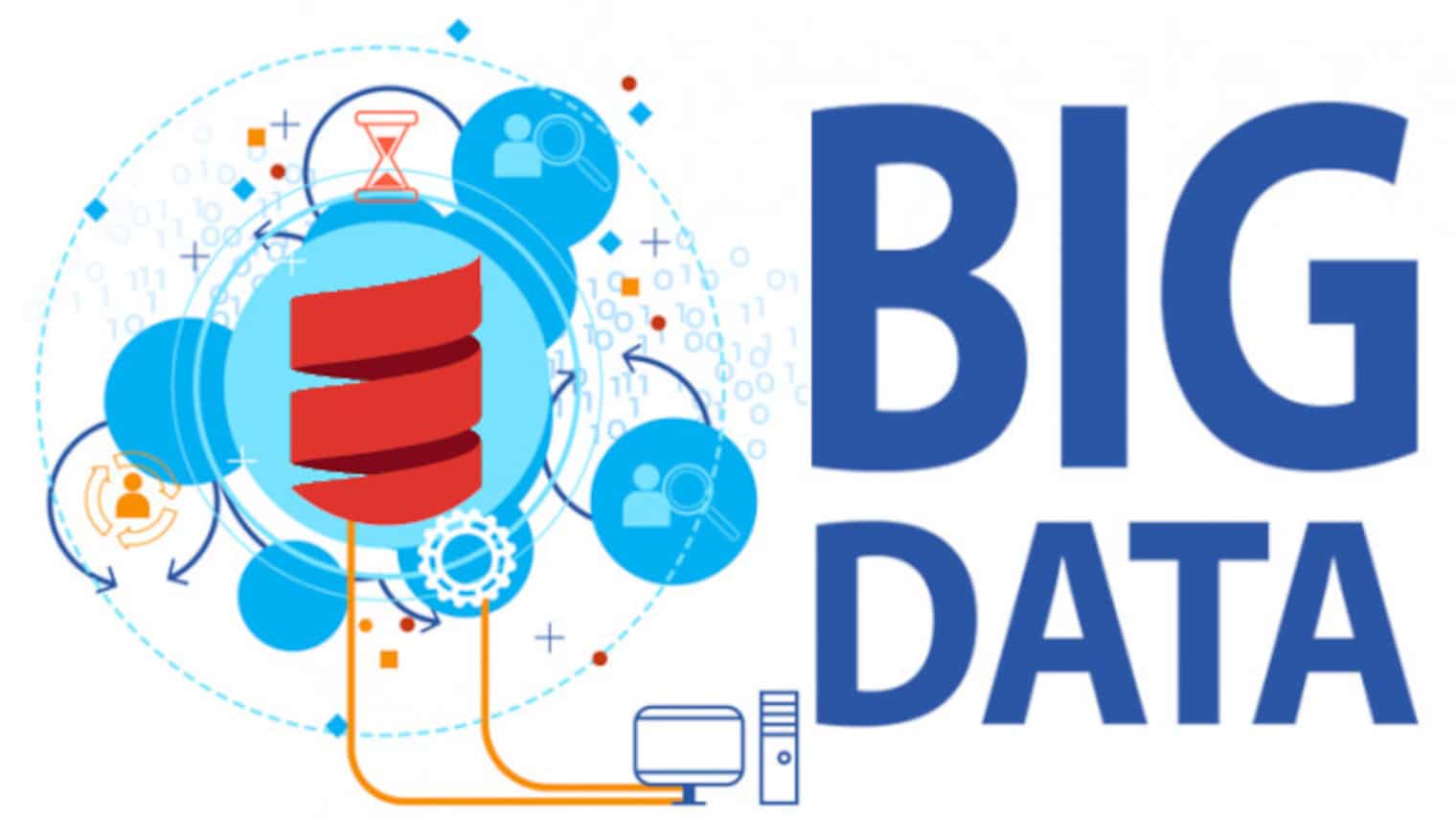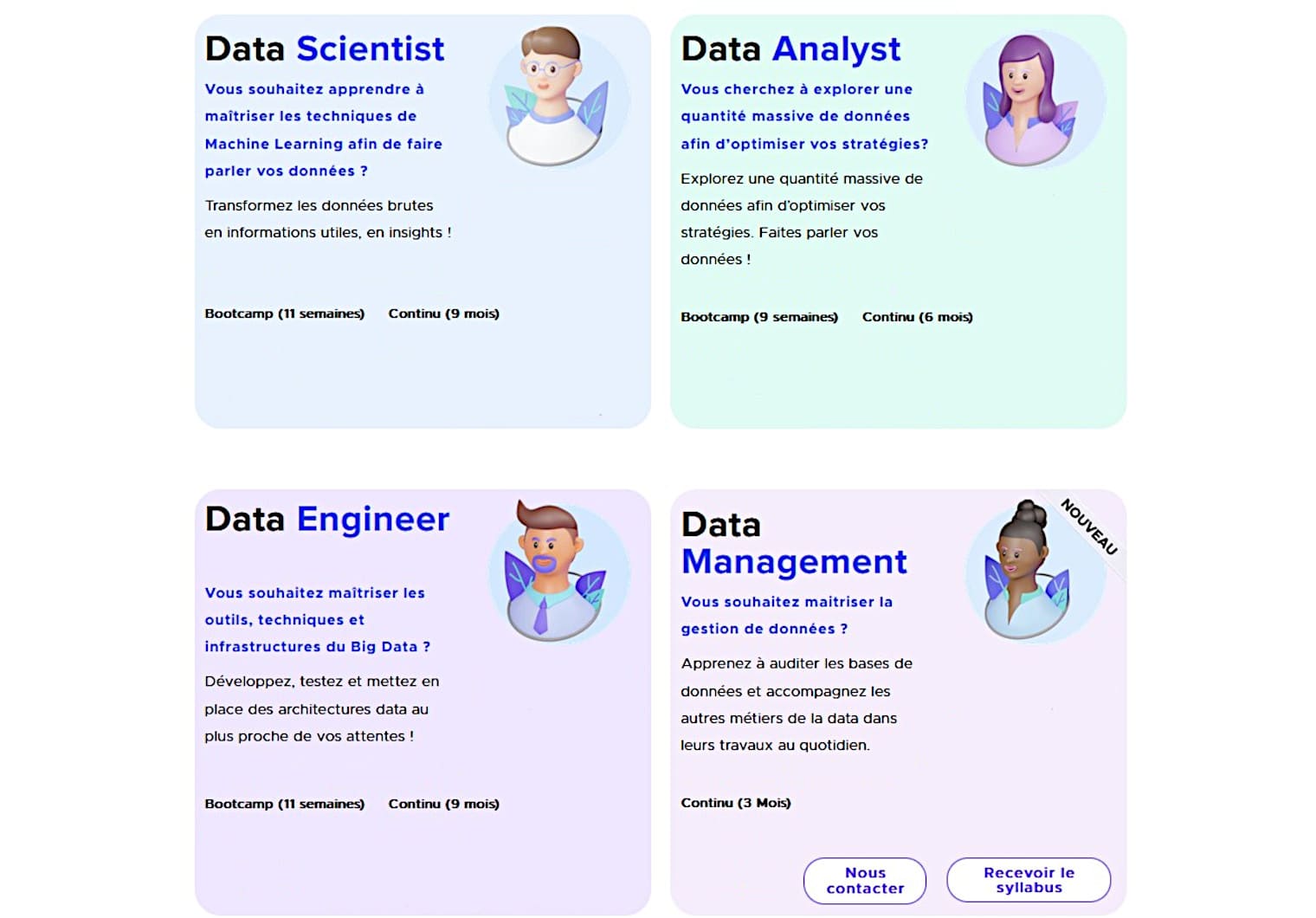There is a wide variety of computer programming languages available today, so much so that it can be difficult to choose. Some languages are more widely used than others, and learning them makes it easier to break into the corporate world.
Depending on the use case, some languages perform better than others. For example, the best languages for software development are not necessarily the same as those for Data Science.
At the end of the day, the best languages are the ones you need to learn.
Among the computer languages in vogue in 2022 is Scala. Find out all you need to know about it.
What is Scala ?
The Scala language is a general-purpose object-oriented programming language that also offers the features of a functional language. Every value is an object, and every function is a value.
Its name derives from its scalability, which sets it apart from other languages.
Created by German computer scientist Martin Odersky, Scala is designed to express common programming patterns more elegantly and concisely. The first version was released in 2003.
It is a static language, strongly influenced by Java. In fact, Scala code is very similar to Java code. Many Java libraries can also be used on Scala.
Advantages of Scala
Today, Scala is one of the most sought-after technologies among developers. The language’s greatest strength is its flexibility in defining abstractions.
One of its most important components is the Scala IDE (Scala Integrated Development Environment). This integrated environment is used to connect to the Eclipse Java tool to exploit its functionalities. In addition, Scala is designed to be interoperable with the JRE (Java Runtime Environment) and the .NET framework.

Code written in Scala is easier to test and reuse. Parallelization is simpler, and there are fewer bugs throughout the program. Scala programming follows a top-down approach, and each program is broken down into multiple pieces. Each can be processed in parallel, speeding up the process and improving efficiency.
It’s simpler to write, compile, debug and execute a program in Scala than in many other languages. What’s more, task parallelization is facilitated. Numerous third-party libraries can be used for specific tasks.
Applications and use cases
With fewer lines of code than Java, Scala takes less time to code. It also offers various tools and APIs that can be used for a wide variety of applications.
Thanks to all these advantages, Scala is used for a wide range of applications. In particular, it is used for writing web applications, for applications based on data streaming, for concurrent and distributed applications, for parallel batch processing, and for data analysis with Apache Spark.
Scala vs Java
The Scala language differs from Java in a number of ways. Its syntax is simpler, and rewriting is not necessary.
It is a static language, whereas Java is dynamic. What’s more, Scala is less prone to bugs and other code defects.
These two languages are among the most widely used in the world today, and have both similarities and many differences. Scala is more recent, and is a machine-compiled language rather than an object-oriented one like Java.
The readability and conciseness of Scala code are enhanced, and the language works within a multi-core architecture environment. Code written in Java can be written in Scala with half as many lines.
These numerous advantages have enabled Scala to rapidly become very popular. Many world-renowned companies now use this language, including Twitter, LinkedIn and Intel.
Data Science : Scala vs Python
Over the last few years, Scala has become increasingly popular. Learning this language makes it easy to find a job and earn a high salary.
Companies such as Twitter, LinkedIn and Netflix use it for their platforms. It’s a very useful tool for data scientists, data engineers and data analysts.
Python and Scala are among the leading languages for Data Science and Big Data. Python is a high-level, dynamic, object-oriented programming language, compatible with multiple programming models (imperative, functional, procedural…).

Python’s advantages are its ease of learning, clear syntax, large community, cross-platform compatibility, numerous libraries for Data Science and Machine Learning, and support for different data types. Its drawbacks are a certain slowness linked to its dynamic nature, its fragmentation, and its limited support for functional programming.
Scala, on the other hand, offers high speed, extensibility and reusability. It is, however, a little harder to learn, and its pool of developers remains limited at present. Its backward compatibility is also limited.
Scala vs Python pour Apache Spark
Apache Spark, the famous Big Data analysis framework, is written in Scala. This enables it to offer high speed thanks to its static nature. However, Spark offers APIs for Scala, Python, Java and R. The two most widely used languages for Spark are Scala and Python.
In terms of performance, Scala is ten times faster than Python. Scala uses Java Virtual Machines during the runtime, which gives it greater speed in most cases. Python’s dynamic nature also reduces its speed.
Spark libraries have to be called by Python, and this requires a lot of code processing. In this case, Scala works well with a limited number of cores.
What’s more, Scala interacts better with Hadoop services, and in particular the HDFS file system on which Spark is based. With Python, developers have to use third-party libraries like Hadoopy, whereas Scala interacts with Hadoop via native Java APIs. This makes it easier to write native Hadoop applications in Scala.
Some data scientists prefer Scala, others Python. The choice obviously depends on the use case, but DataScientest recommends learning Python.
Both languages are object-oriented and functional. Their syntax is very similar, and both have a large and enthusiastic user community.
However, Scala can be a little harder to learn than Python. Nevertheless, it is better suited to more complex workflows. Python, on the other hand, stands out for its simple syntax and numerous high-quality libraries.
Thanks to its many libraries, Scala enables rapid integration of databases into Big Data ecosystems. Scala allows code to be written with multiple concurrency primitives, whereas Python does not support concurrency or multithreading. This concurrency feature enables Scala to offer better data processing and memory management.

Nevertheless, Python supports process forking. Only one thread is active at a time, and more processes need to be restarted each time code is deployed. This increases memory overhead.
In terms of usability, Scala and Python are two expressive languages offering a high level of functionality. Python’s strength lies in its conciseness and intuitive use.
On the other hand, Scala is more powerful in terms of frameworks, libraries and macros. Its functional nature gives it synergy with the Mapreduce framework.
Many Scala data frameworks follow abstract data types consistent with the language’s collection of APIs. Developers have to learn the basic standard collections, and can then easily familiarize themselves with other libraries.
Spark is written in Scala. Consequently, knowing Scala enables you to understand and modify Spark’s inner workings. What’s more, many future features will first have APIs in Scala and Java, then in Python in later versions.
However, for Natural Language Processing (NLP), Python is preferred, as Scala doesn’t offer many tools for Machine Learning and NLP. Similarly, Python is favored for the use of GraphX, GraphFrames and MLLib. Python’s visualization libraries complement Pyspark, and neither Spark nor Scala offer an equivalent.
As far as code security and restoration are concerned, Scala is a static language that can find compile-time errors. Python, on the other hand, is a dynamic language, highly prone to bugs whenever changes are made to existing code. Code refactoring is therefore easier with Scala than with Python.
In conclusion, Python is slower and easier to use. Scala is faster and moderately easy to use. Since Spark is written in Scala, this language gives you early access to new features. However, the choice of the best language for Apache Spark depends on the needs of the project. Whereas Python is more geared towards data analysis, Scala is geared towards engineering. However, both languages are excellent for creating data science applications.
How do I learn Python?
If you’re new to programming, it’s best not to start with Scala. A language like Python will be easier to learn. And for Data Science and Data Engineering, we recommend Python rather than Scala.
To learn Python, you can choose DataScientest. Our Data Scientist, Data Engineer, Data Analyst and Data Management training courses start with a module dedicated to the fundamentals of Python programming. You’ll also learn how to use Data Science libraries such as NumPy and Pandas.

Our Data Engineer training course also teaches you how to use Spark, through its modules dedicated to Big Data. Beyond Python and Spark, by the end of our courses, you’ll have all the skills you need to work in Data Science.
All our programs can be taken as Continuing Education or as an intensive BootCamp. Our Blended Learning approach combines individual coaching on an online platform and Masterclasses. All courses are delivered remotely.
Thanks to our partnerships with Université Paris la Sorbonne and MINES ParisTech / PSL Executive Education, learners receive a certificate at the end of the course. Of our alumni, 80% find immediate employment.
Don’t waste another second, and discover the DataScientest programs!
You know all about the Scala language. For more information, check out our complete dossier on Apache Spark and our dossier on the Python language.










